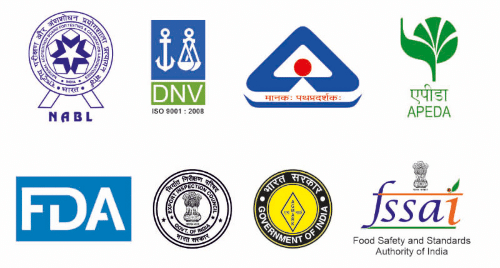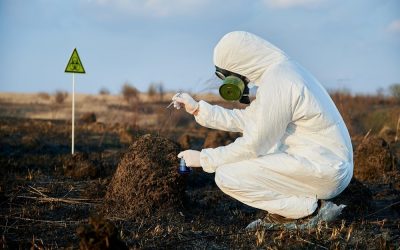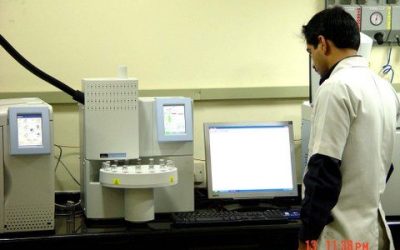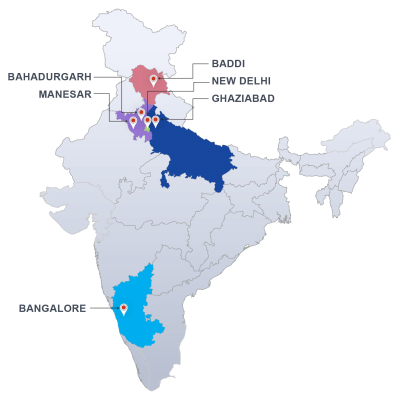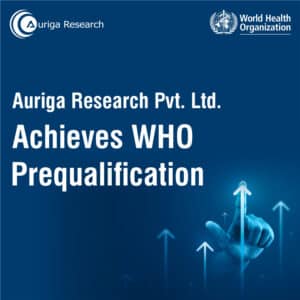
Microbiological testing of food is the examination of the microscopic organisms in food. These organisms could be single cell, multiple cell or without cell. Microbiology includes various sub-disciplines like Virology, Mycology, Parasitology and Bacteriology. Microorganisms play an important role in our surroundings as all humans, plants & animals and probably they are the largest mass of living materials on our earth.
These diversified living organisms can grow in extreme conditions where no other living organisms can survive. They can grow in a temperatures like at boiling points and can similarly can grow and survive in extreme freezing conditions like -20 degrees & -30 degrees.
Microbial pathogens, such as Bacteria & Archaea known as prokaryotes and various types of Fungi, protozoa etc which are called eukaryotes need to be taken care well as this may be harmful to some extent.
As per the latest Food Safety and Standards Act, 2006, every food product has to be tested & approved before it is put up for sale in the market.
There is a direct relationship between microorganisms and diseases as these harmful living organisms are responsible for taking many lives with diseases like diphtheria, pneumonia,, typhoid, amoebiasis, botulism, cholera, dysentery etc.
The microorganisms can be found in various foods & beverages and they can be harmful if they enter into a human body. Some of these microorganisms could prove to be resistant to one or more types of antibiotics.
Our food testing laboratory has been offering Food Microbiology testing services to the food, hospitality and retail industry for numerous years.
We offer the following Microbiology testing services as:
- Food Hygiene
- Foodborne Pathogens like;
- Ecoli
- Salmonella
- Yeast & Mould
- Campylobacter jejuni
- Clostridium perfringens
- Listeria monocytogenes
- Shigella
- Staphylococcus aureus
- Vibrio cholerae
- Vibrio parahaemolyticus
- Vibrio vulnificus
- Yersinia enterocolitica
- Swab Sampling and Analysis
Our food testing lab has been identified among the top 5 national level labs in India and is accredited by NABL and approved by FSSAI for testing of food.
Please contact us today using the quick query form on the right or by calling us now on +91-11-45754575 to get your food samples tested for Food Microbiology.


